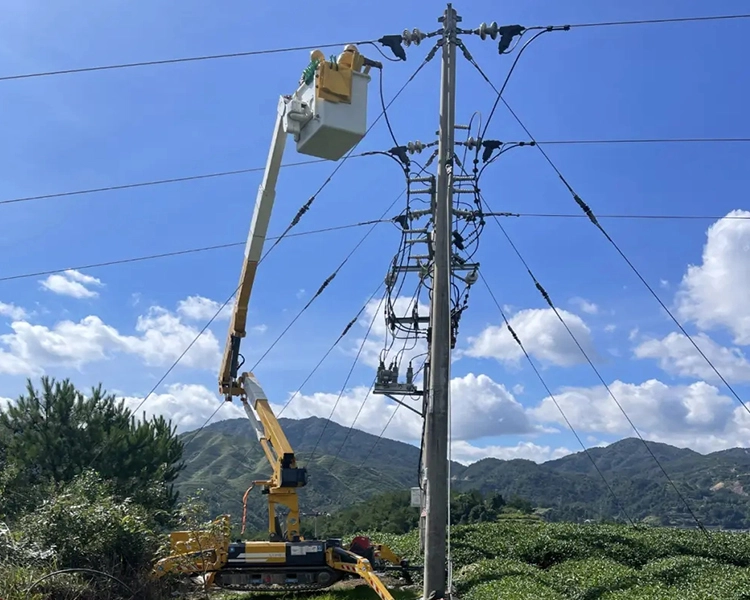en
+
In the pursuit of safeguarding structures against the formidable forces of lightning, the focus has shifted towards sustainable solutions that not only provide effective protection but also minimize environmental impact. The insulator, a key component in lightning arresters, plays a crucial role in ensuring the integrity of the system. Let's delve into the realm of sustainable insulator for lightning arrester technologies and explore how these innovations are shaping the future of lightning protection.
In the realm of lightning protection, the evolution of insulator for lightning arrester technology has taken a significant leap forward with the advent of sustainable materials. Traditionally, insulators were crafted from materials with high environmental footprints. However, the eco-insulator revolution introduces materials that are not only effective in their role but also sourced and produced with sustainability in mind. Innovations range from insulators made of recycled and recyclable materials to those utilizing bio-based compounds, ensuring a reduced impact on the planet.
Sustainable insulators for lightning arresters go beyond material choices; they also address the energy consumption associated with their manufacturing processes. Energy-efficient production methods, coupled with a commitment to renewable energy sources, contribute to a significant reduction in the carbon footprint of these insulators. By embracing sustainable manufacturing practices, the lightning protection industry is aligning itself with global efforts to combat climate change and promote responsible environmental stewardship.
A sustainable approach to insulator for lightning arrester design extends beyond the manufacturing stage, considering the entire lifecycle of the product. Forward-thinking companies are focusing on creating insulators that not only have a long operational life but are also designed for ease of recycling or repurposing at the end of their service life. By prioritizing durability and recyclability, these insulators contribute to the circular economy, minimizing waste and resource depletion.
While the shift towards sustainable insulator for lightning arrester technologies represents a commendable stride forward, challenges remain in optimizing performance without compromising on eco-friendliness. Researchers and engineers are actively working to address these challenges, exploring ways to enhance the insulators' resilience to extreme weather conditions while maintaining their sustainable attributes. From bio-composite insulators to advanced recycling technologies, the ongoing innovations in this field promise a future where lightning protection is synonymous with environmental responsibility.
In conclusion, sustainable solutions for insulators in lightning arresters mark a pivotal moment in the evolution of lightning protection technology. The integration of eco-friendly materials, energy-efficient manufacturing processes, and a commitment to lifecycle considerations are transforming the industry's landscape. As we embrace a future where sustainability is paramount, the lightning protection sector is not only fortifying structures against the unpredictable forces of nature but is also contributing to a greener, more sustainable planet. The journey towards eco-insulators is a testament to the industry's dedication to both technological excellence and environmental consciousness, ensuring that our quest for safety is harmoniously aligned with the well-being of the planet.




